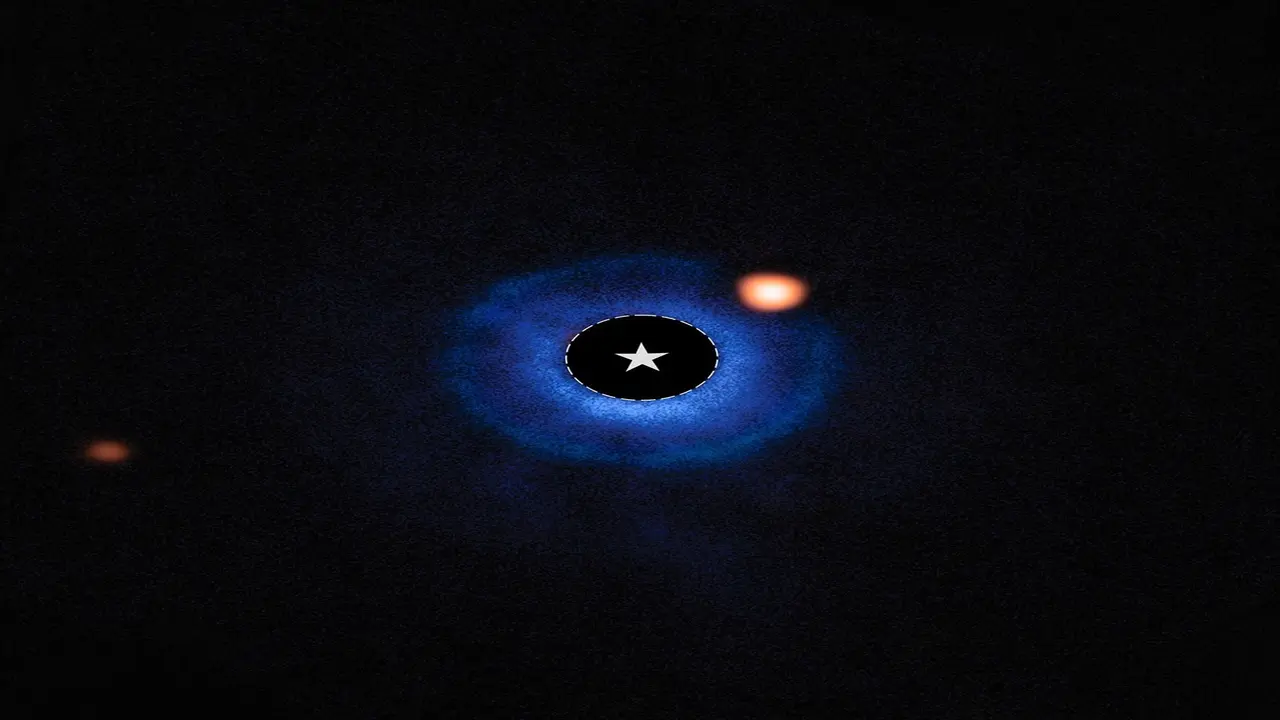The James Webb space telescope has obtained the image of the lowest-mass exoplanet yet directly observed in a young star system about 110 light-years from Earth. This celestial body, called TWA 7 b, is described as a gas giant the size of Saturn.
Lowest-mass planet revealed
If the observations are confirmed, it will be the first exoplanet directly discovered by James Webb and will go down in scientific literature as the lowest-mass planet detected by direct imaging.

TWA 7 b orbits a red dwarf star called TWA 7, which is approximately 6.4 million years old. The international research team found a low-brightness but stable infrared source inside one of the three dust rings surrounding the star.
The data obtained show that this source is a cold and low-density object that does not directly reflect light from the star. When the data such as brightness, color, location and distance to the star were evaluated together, it was concluded that this object is most likely an exoplanet.
The observations were made with the MIRI mid-infrared instrument of the James Webb Telescope. This instrument suppresses starlight thanks to a special coronagraph, allowing fainter objects in its vicinity to be detected. When the starlight was removed with image processing techniques, a noticeably faint infrared source emerged within the system. Scientists named this source TWA 7 b.
The estimated mass of the planet candidate is about one-third that of Jupiter. This corresponds to about 100 Earth masses. Its surface temperature is calculated to be about 47 degrees. Its location exactly matches one of the gaps observed in the dust rings around the star.
The true nature of TWA 7 b will become clear with additional observations. These observations; In addition to the physical properties of the planet, they can provide new information about the evolution processes of star systems in the early stages.













